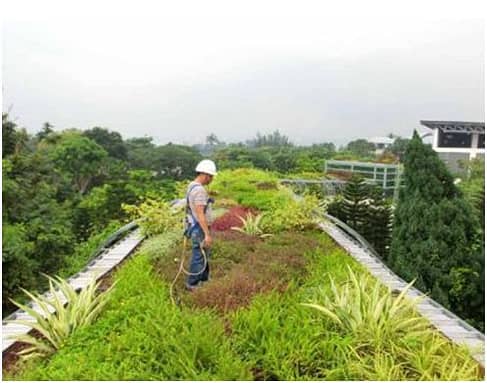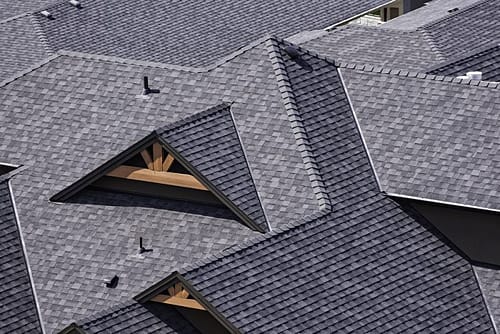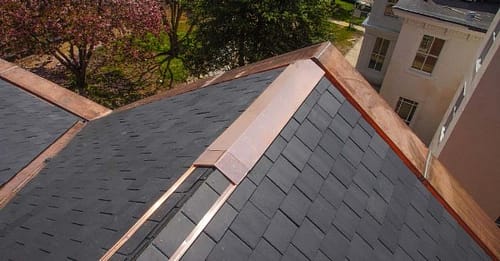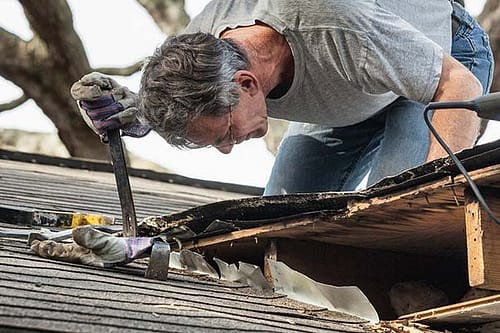Do you have a rectangular house without top facades? Then a hipped roof is an excellent choice for your home. A hipped roof is one of the most popular roof shapes and gives a lot of character to your home. It looks great in both rural and modern homes.
What exactly does a hipped roof look like?
Characteristic of a hipped roof is that all four sides (roof surfaces) run obliquely towards the eaves. It is, in fact, a variant of the classic gable roof, which has only two roof surfaces. Unlike a saddle roof, there are no straight-sloping roof surfaces.
The 2 long roof sides consist of a trapezoidal roof surface. The short sides have a triangular shape. In this way, the roof shape emphasizes the horizontal nature of a building. It is therefore not surprising that a hipped roof is popular with farms, cottages, etc. Nevertheless, a hipped roof actually fits well with any architectural style.
Your home must meet an important condition if you want to place a hipped roof. All four facade sides must have the same height and must have a nice level.
What are the pros and cons of a hipped roof?
Like any other type of roof, a hipped roof has its advantages and disadvantages. Below you will find an overview of the most important benefits:
Advantages of a hipped roof:
- Very sturdy roof with the best aerodynamic options.
- Snow and rain can flow well.
- This roof type allows the installation of large overhanging roof edges.
- The chance of serious damage is relatively small because hipped roofs offer better protection against storms and strong gusts of wind. That is why this roof is very interesting in open, rural areas with a lot of wind.
- The long sides of the hipped roof are extremely suitable for placing a beautiful dormer window. This way you create a lot of extra light and space inside.
- The gutter is completely round.
In addition, this roof type also has some disadvantages. In terms of ventilation, a hipped roof is less efficient than a gable roof. There is also less space in the attic than with a gable roof. This can be compensated by adjusting the slope of the roof.




